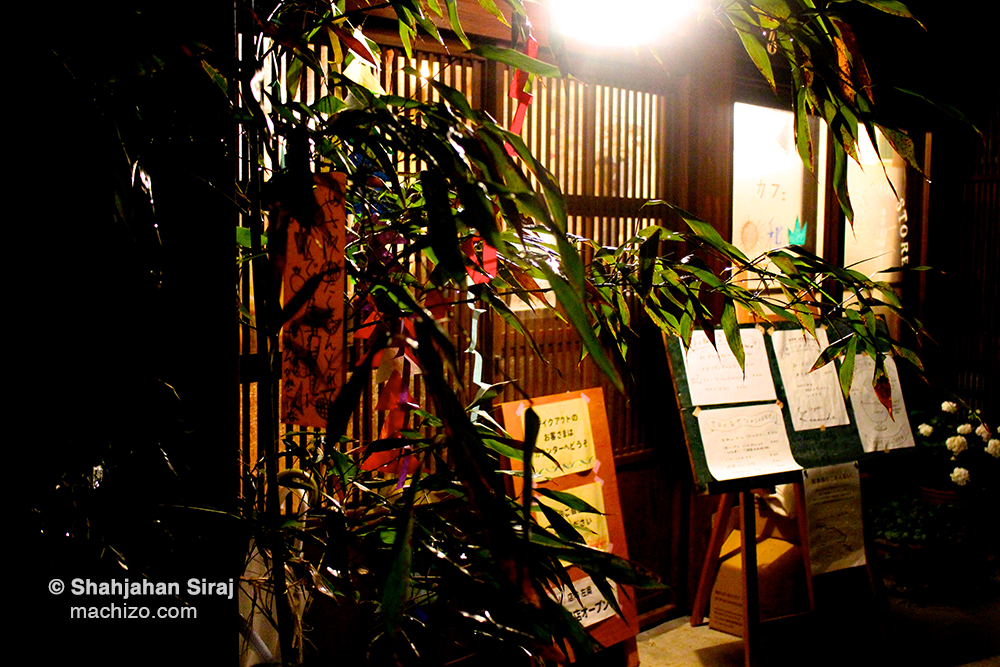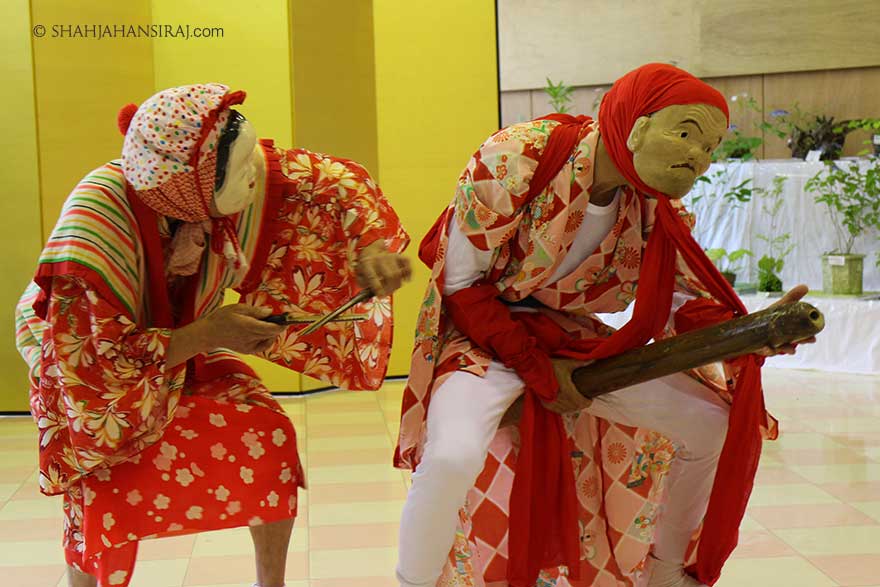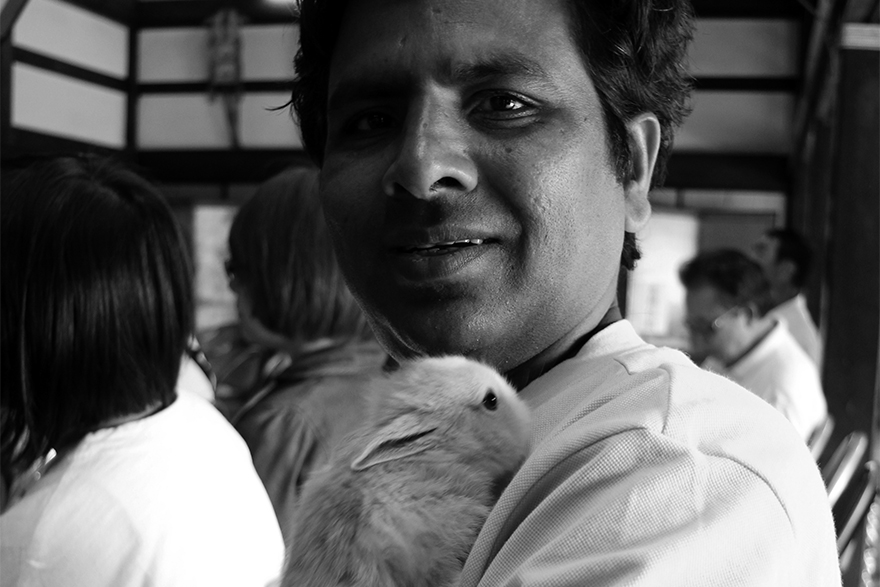Tsuburosashi ( つぶろさし ) is an unique dance with beat of Zenidaiko ( 銭太鼓 , Money Tambour/ Zeni Coins), the ancient instrument. it is a popular culture and performing art in Sado since 16th century, particularly in Hamochi (佐渡島, 日本, セックスダンス).
I was surprised to see this excellent performance in Hamochi festival on 2013 and 28 June 2005 at Hamochi Osen reopening festival.
The history and myth of this folk is unknown and abstract. Literally ‘Tsuburo’ means phallus (penis) and ‘sashi’ (sasu) means “to insert/put’. ‘Sashi’ refers also to rubbing a ritual prayer for fertility for the fields and the families. It express the message – by inserting phallus a women become progeny, and by seeding good harvest come out.
Local people say- The origin of Tsuburosashi is Kyoto. A messenger was sent from village to ancient capital Kyoto to learn tea ceremony. He saw ‘Tsuburosashi’ similar dance in Kyoto Gion festival and introduced to village after return. Later it was picked up by the local Shinto shrines during annual festival to pray for good rice harvest from limited seed.
In the Tsuburosashi performance, generally three characters wear masks and perform dance. A fat-faced woman ( Sasarasuri ささらすり) with little bamboo stick, a hemp coif face-covered hideous woman and a man holding the tsuburosashi (Phallus). They hop around and women rub sticks.
Because of penis presentation, many people say, it is a sex dance. I think it is a fidelity dance liked with good harvest and good lineage creation. The performance inherits the ‘glory of sex’ that could be explained beyond irritation and fallen desire, for a fruitful family and desired harvest.




